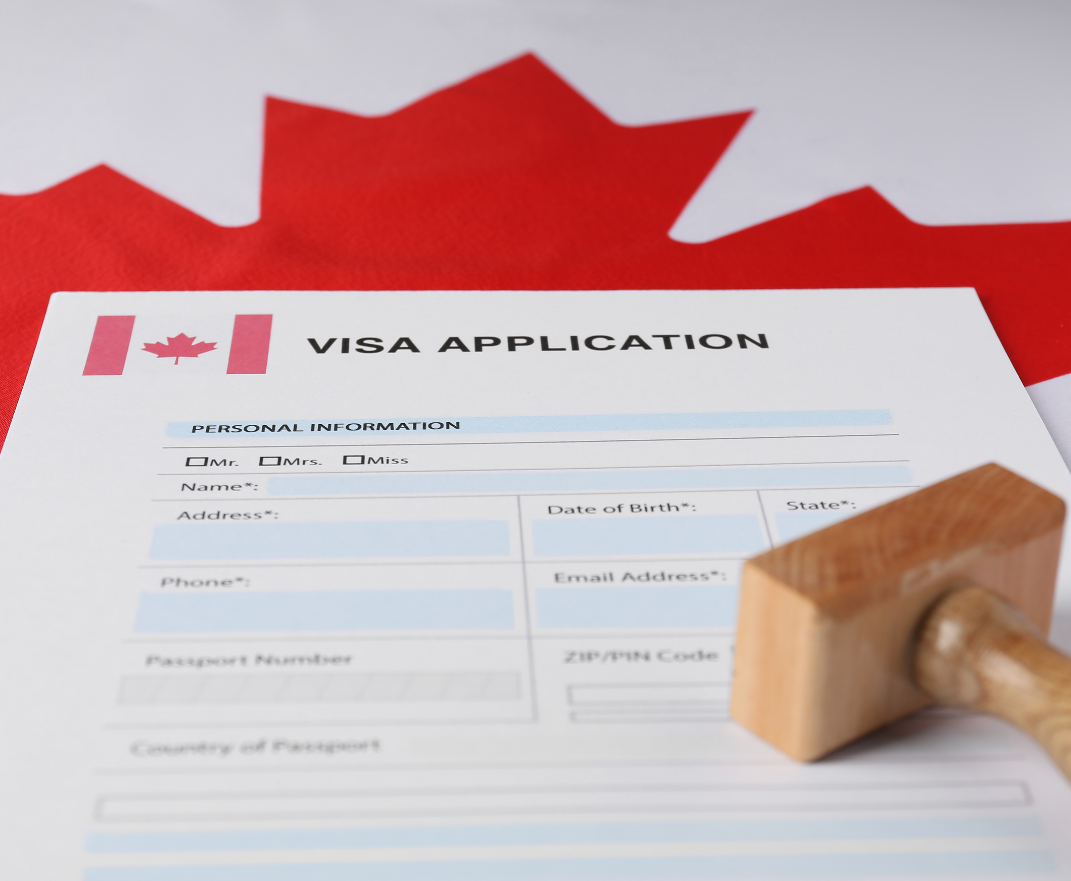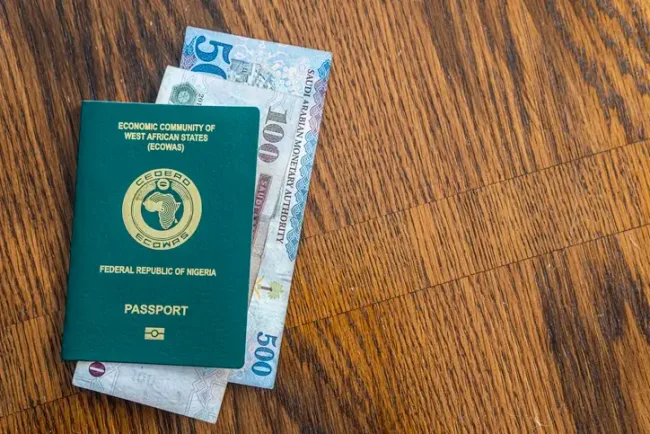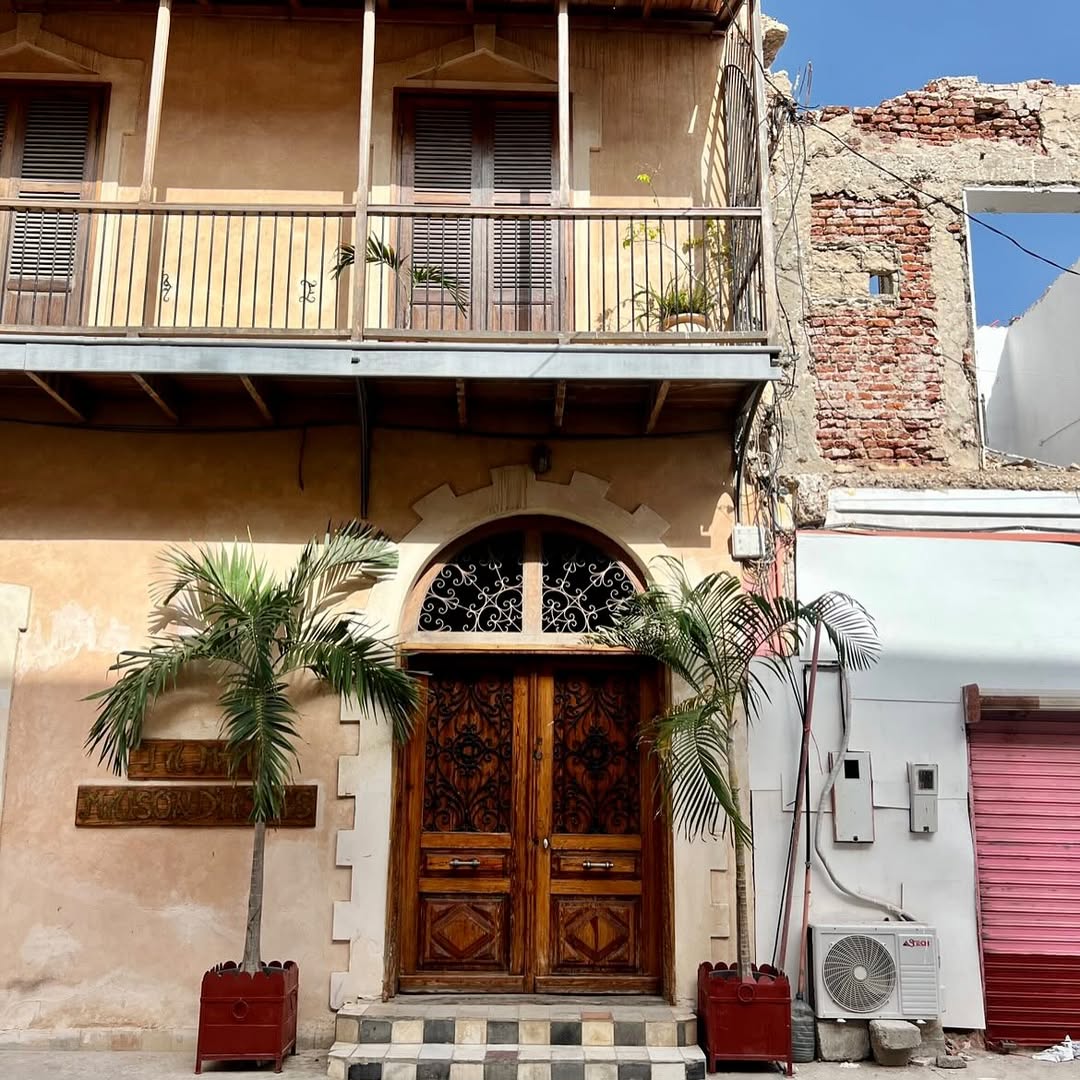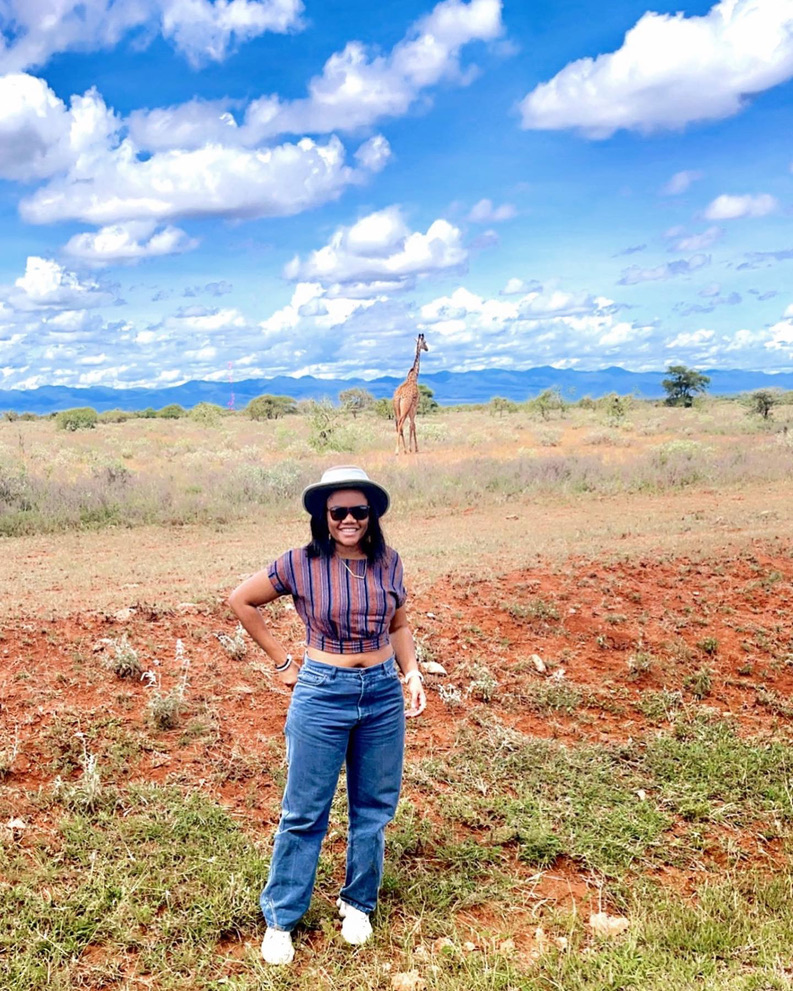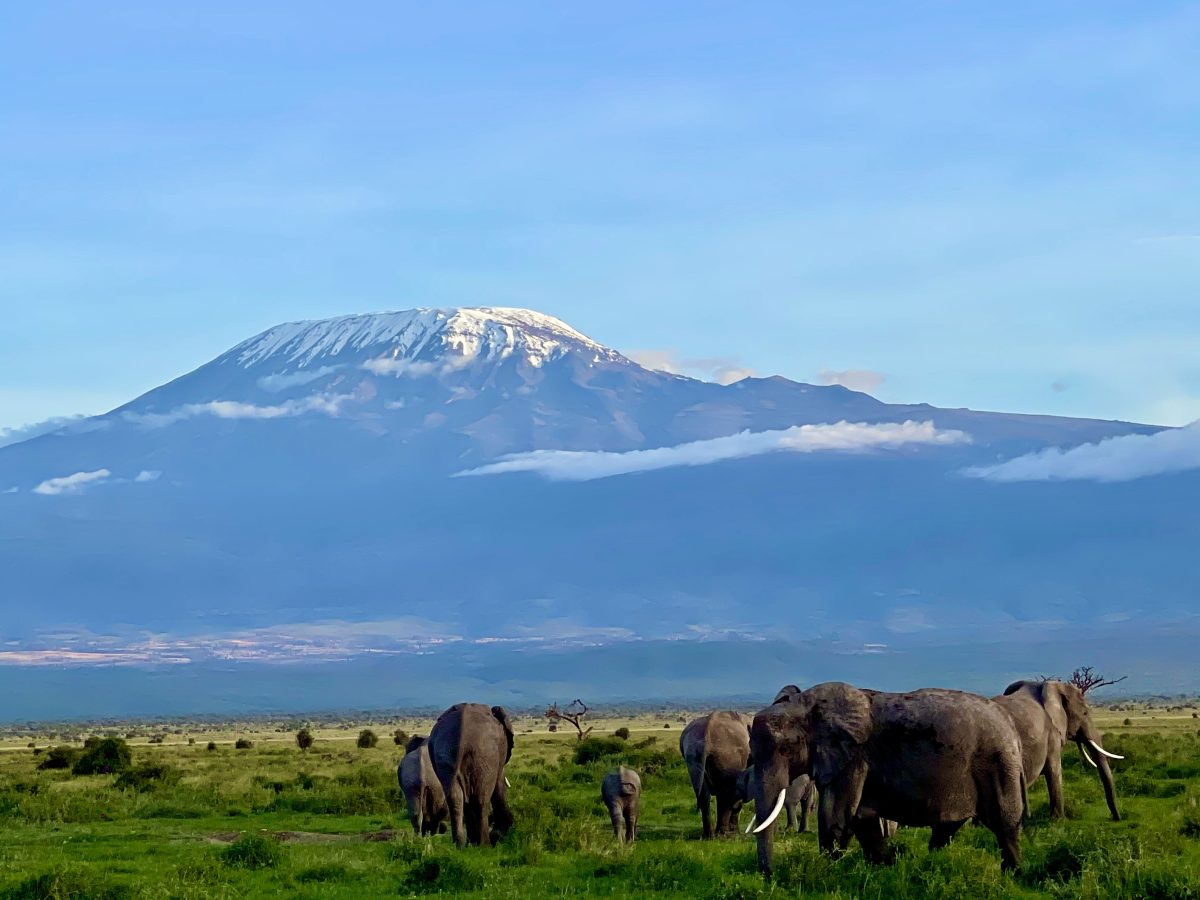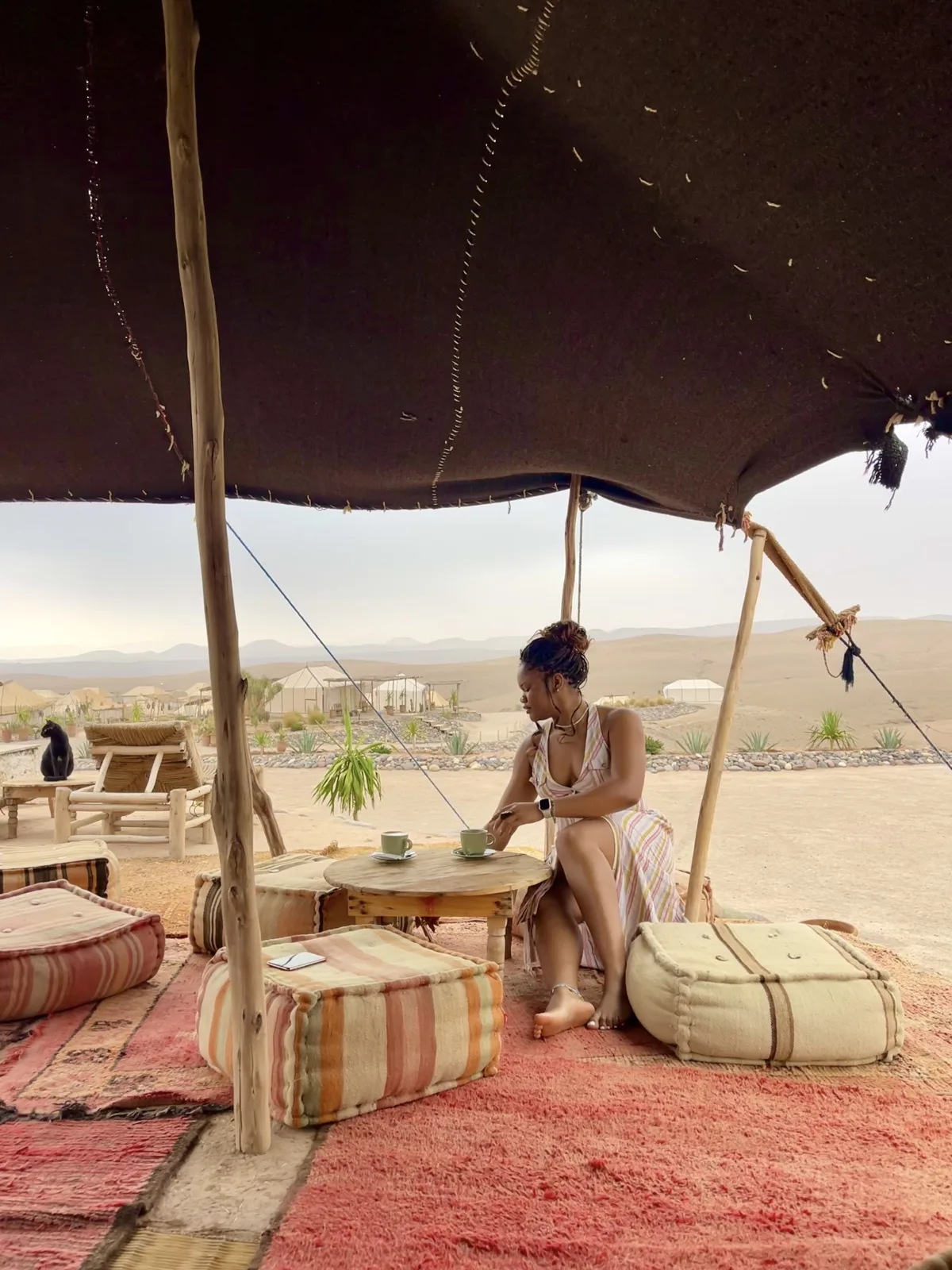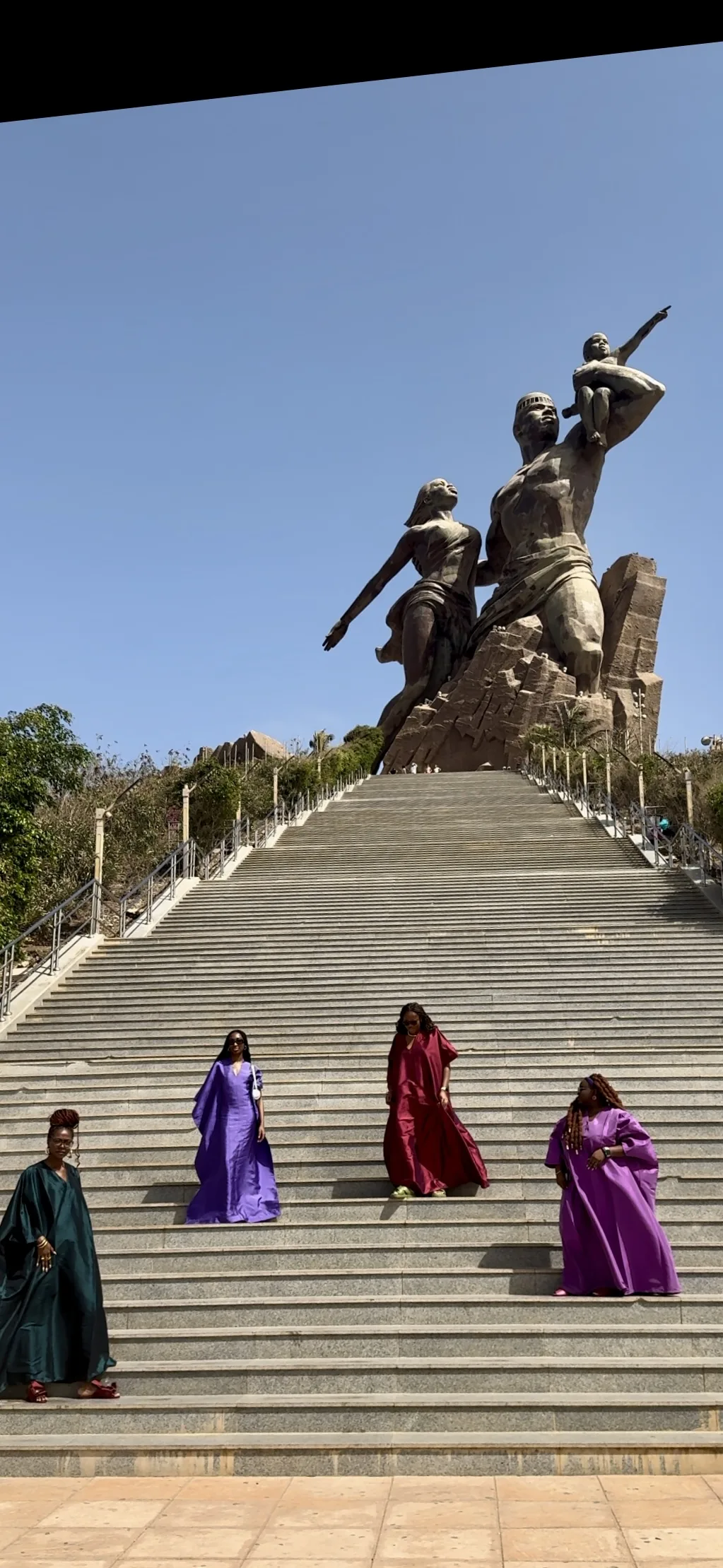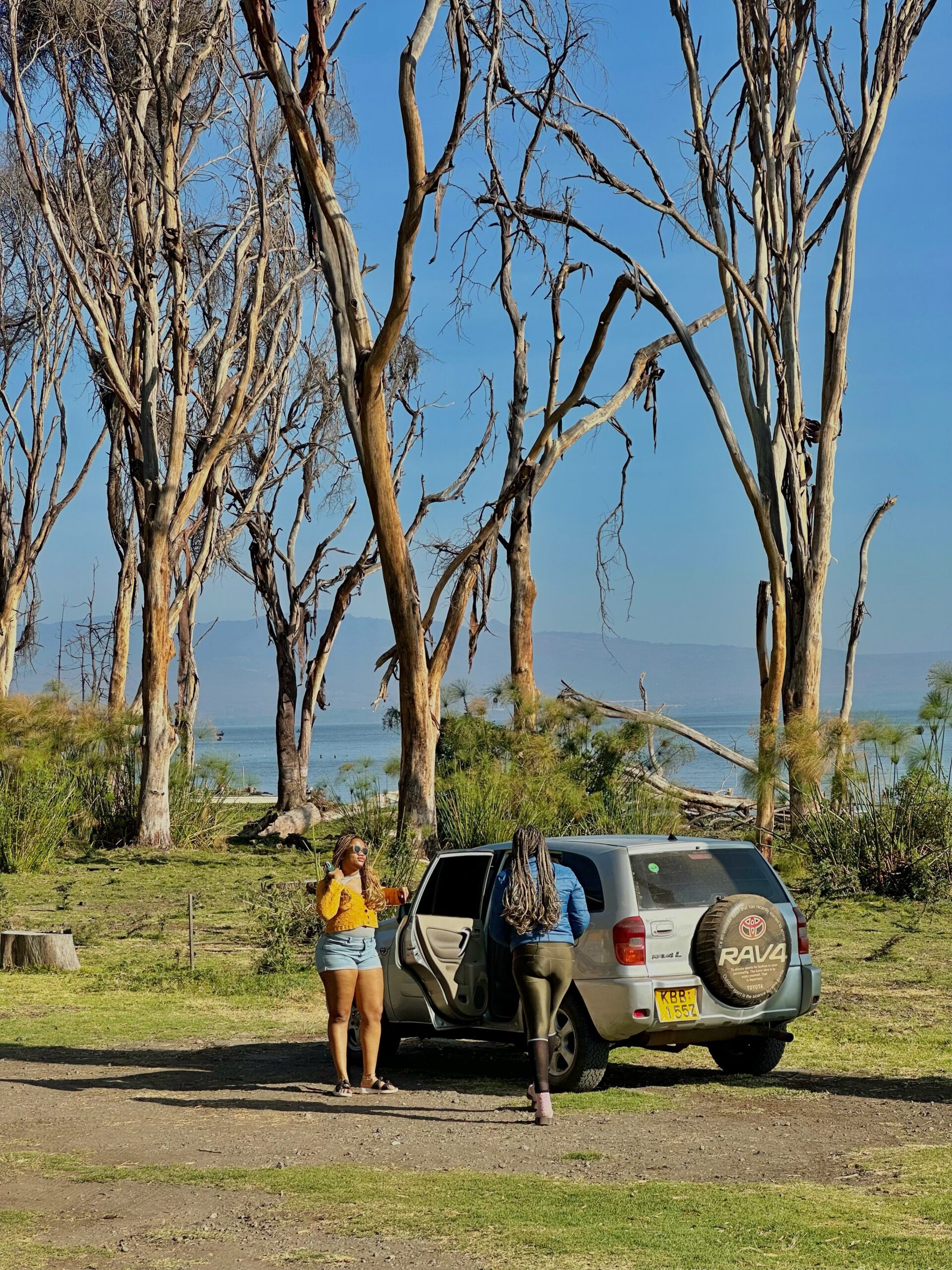Your cart is currently empty!
Category: Travel Tips
7 Common Mistakes to Avoid When Applying for a Visa
Applying for a visa can be an intimidating process, especially if it’s your first time navigating through the paperwork and interviews.
Countries with Easy Visas for Nigerians: Hassle-Free Destinations
Traveling as a Nigerian passport holder often comes with the extra hurdle of visa applications. If you’ve ever searched for easy visas for Nigerians, you know how frustrating it can be to find destinations that don’t require endless paperwork and long approval waits.
Best Things to Do in St. Louis Senegal – A Complete Travel Guide
St. Louis, Senegal, is a city that whispers stories of the past through its colonial architecture, colorful fishing boats, and rhythmic beats of local music. Once the capital of French West Africa, this UNESCO-listed island city feels like stepping back a decade in time.
10 Things I Wish I Knew Before My First International Trip: A Guide for First-Time Travellers
Traveling for the first time is an exciting adventure filled with promises of newness. New experiences, cultures, memories, and friends. As thrilling as it sounds, first-time travelers are more prone to making mistakes that can quickly turn a trip sour. When traveling to a new place, knowing what to expect can save you from unnecessary…
Nairobi Awaits: 20 Top Activities for Every Traveler
Nairobi, Kenya’s vibrant capital, is a city like no other—a thrilling mix of urban energy and untamed nature. Just minutes from downtown, you can witness majestic wildlife at Nairobi National Park, where lions, rhinos, and giraffes roam freely against towering skyscrapers. It’s where the city’s heart meets the call of the wild. Beyond the park,…
Kenya Travels: Everything You Need to Know
Kenya is a place that never stops calling me back—a land where every visit feels like the first, filled with awe and discovery. Imagine standing on the edge of the Maasai Mara as the ground beneath you trembles with the rhythm of a million hooves. The Great Migration is not just a sight it’s a…
Morocco: An Unforgettable Journey and Everything You Need to Know for Your Trip
Morocco has always been at the top of my list of countries to visit, and it was the first North African country I had my sights set on. Last year, we finally had the opportunity to visit in September. What are the odds? An earthquake occurred while we were there—the first significant one since 2004.…
‘Yaangi noos’: Senegal for Expats & Digital Nomads
Senegal is an exciting French country full of diverse experiences to discover for expats and digital nomads.
A Beginners Guide To Traveling Africa: Tips for Nigerian Travelers
Either you’re a speed tourist or slow traveling as a nomad, here are some tips to help travelers make the most of their trip and budget in Africa.
